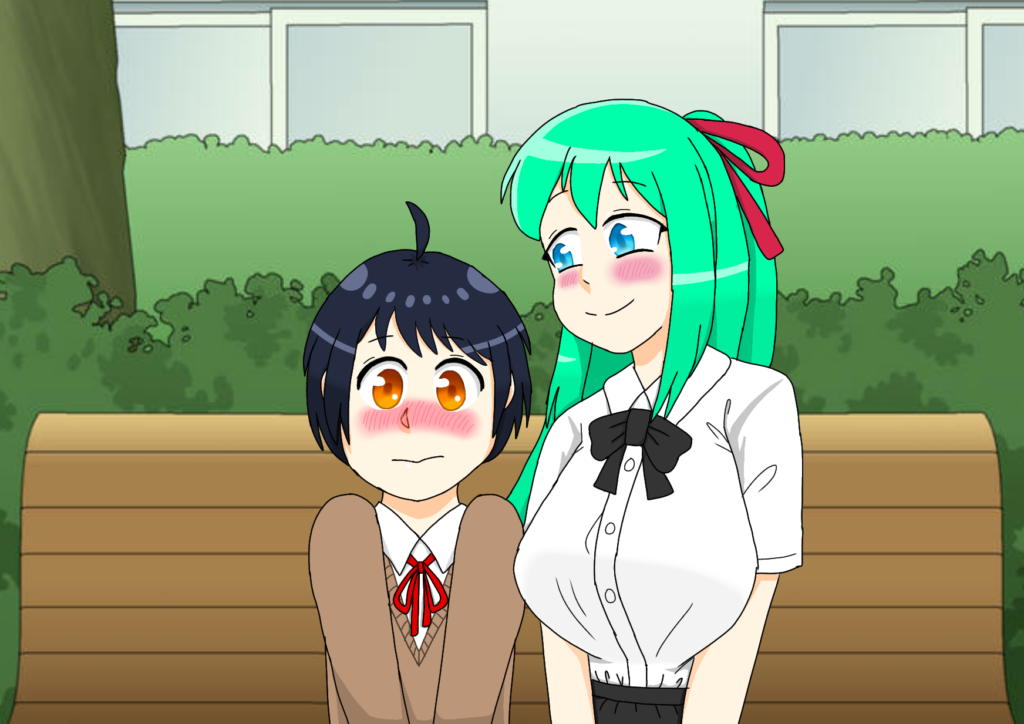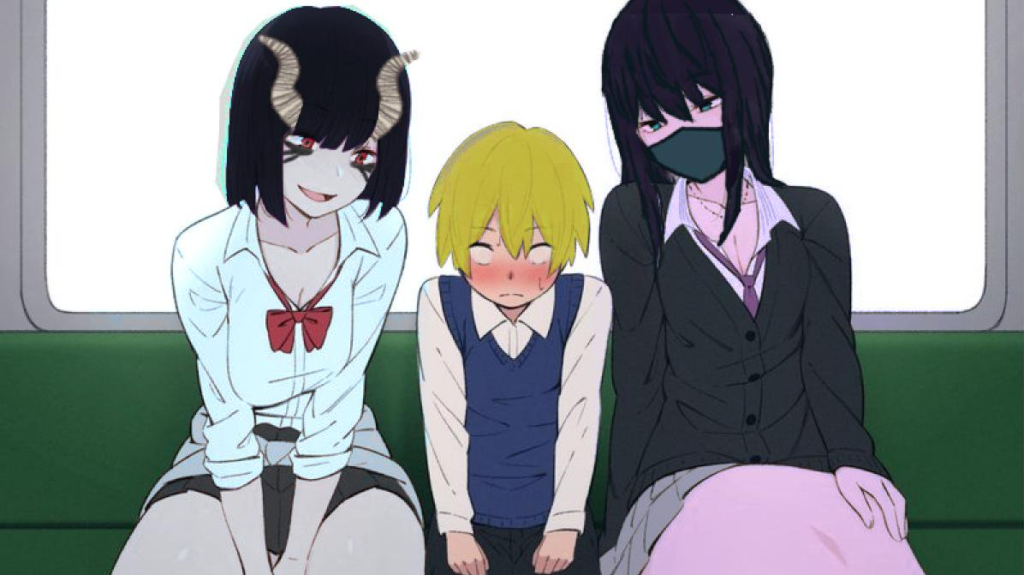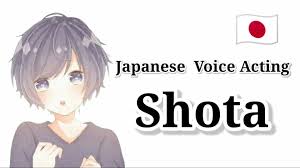What is “Shota” in the Anime Dictionary? A Comprehensive Exploration
Introduction:
Anime, a popular form of entertainment originating from Japan, encompasses a diverse range of genres and themes. One such term that frequently appears in the anime community is “Shota.” To those unfamiliar with anime culture, the term may be puzzling. In this comprehensive exploration, we’ll delve into the world of anime and explore the meaning and significance of “Shota” in the anime dictionary.
1. Defining “Shota” in Anime:
“Shota” (also spelled “Shouta”) is a Japanese slang term used in the anime and manga community to refer to a specific character archetype or genre. In this context, “Shota” generally refers to young male characters who possess youthful and innocent characteristics. These characters are typically depicted as cute, small, and sometimes effeminate.
2. Characteristics of Shota Characters:

Shota characters are usually depicted as prepubescent or young adolescent boys. They exhibit qualities such as innocence, vulnerability, and a childlike charm, often evoking a protective and nurturing response from other characters and viewers alike. Their appearance and behavior contribute to their overall appeal as charming and endearing individuals.
Shota characters commonly have large, expressive eyes, rosy cheeks, and small statures, making them visually distinct from other characters in the series. Their innocence and purity are emphasized through their actions, speech, and interactions with other characters.
3. Shota as a Genre Trope:
The Shota archetype is widely used in anime and manga and appears across various genres. Shota characters serve different narrative purposes, such as comic relief, character development, or as a foil to more mature or serious characters. Additionally, they can be an integral part of the “moe” culture in anime, which celebrates cute and endearing characters that evoke feelings of affection from the audience.
In slice of life and coming-of-age anime, Shota characters may represent the naivety and curiosity of youth, acting as a lens through which the audience can explore themes of growth and self-discovery. In fantasy and adventure anime, Shota characters might be the innocent companions or proteges of more experienced protagonists, offering emotional depth and bonding moments to the storyline.
4. Influences on Character Design and Storytelling:
The inclusion of Shota characters in anime and manga can significantly influence character design, storytelling, and the overall tone of a series. Their presence can add emotional depth, evoke empathy, and create dynamic relationships with other characters.
Shota characters often become catalysts for character development and personal growth. As they encounter challenges and adversity, they may learn valuable life lessons and mature throughout the series. Their interactions with other characters can trigger emotional responses, bringing out compassion and understanding from the audience.
5. Shotacon: A Related Genre:

While Shota characters can be endearing and relatable to many viewers, it’s essential to address a related genre known as “Shotacon.” Shotacon is an abbreviation of “Shota Complex” and represents a subgenre in anime and manga that revolves around romantic or sexual themes involving a young boy character (shota) and an older person, typically an adult.
It’s crucial to note that Shotacon involves sensitive and mature content. As such, it can be subject to controversy and debate within the anime community. The portrayal of young characters in romantic or sexual contexts raises concerns about age-appropriateness and potential harm to impressionable audiences.
6. Controversies and Debates:
The portrayal of Shotacon-themed content has sparked controversies and ethical discussions within the anime community. While some argue that it’s a fictional representation and should be seen as such, others express concern over the implications and potential harm to young audiences.
The anime community grapples with balancing creative freedom and artistic expression with the responsibility to protect vulnerable viewers. Consequently, some anime platforms and streaming services may label or restrict Shotacon content to address these concerns.
7. Cultural and Contextual Considerations:

Understanding the Shota archetype and Shotacon genre requires considering cultural and contextual factors specific to anime and manga culture in Japan. Anime and manga are an integral part of Japanese pop culture, and certain themes and character archetypes are shaped by cultural norms and aesthetics.
In Japan, the portrayal of innocence and youthfulness is valued and celebrated in various forms of media, including anime and manga. The concept of “kawaii” (cuteness) plays a significant role in Japanese culture, influencing character design and artistic styles.
However, when anime and manga content is exported to different countries and cultures, interpretations and reactions may vary significantly due to different social norms and sensibilities. What might be perceived differently in a cultural context can be challenging to interpret fully for audiences outside Japan.
Conclusion:
In the colorful and multifaceted world of anime, the term “Shota” holds a unique place as an archetype representing young male characters with endearing and innocent qualities. While Shota characters contribute to storytelling and character dynamics in anime, their association with the Shotacon genre raises ethical debates within the anime community. As with any cultural phenomenon, it’s crucial to approach the topic of Shota and related themes with an understanding of the cultural and contextual nuances that shape anime culture in Japan. Balancing creative expression and artistic freedom with the responsibility to protect young audiences remains an ongoing conversation in the anime community.

